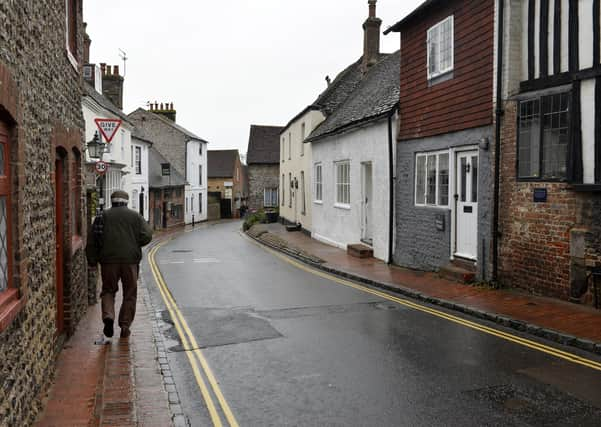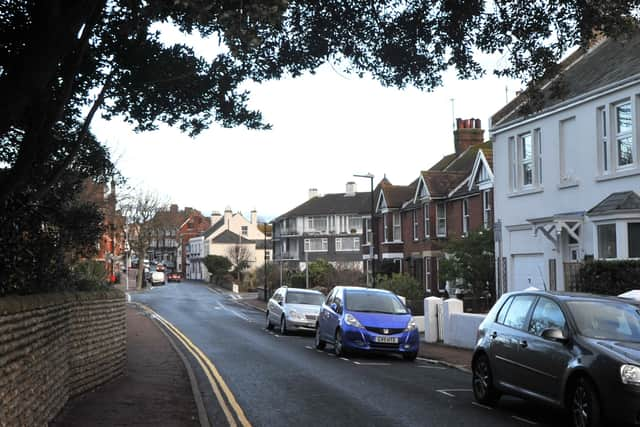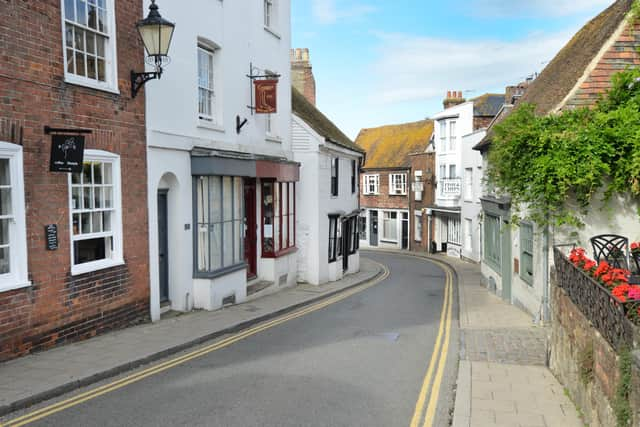Changes to policy on repairing East Sussex’s historic streets delayed


East Sussex County Council’s lead member for transport and environment Claire Dowling held a virtual meeting on Tuesday (November 17), where she had been due to sign off on proposals to change the way the council repairs streets in areas of historic interest.
However, once the meeting was underway, officers instead recommended deferring the proposals, as new representations had been made by several groups in the last week.
Advertisement
Hide AdAdvertisement
Hide AdCurrently the council operates a “sympathetic replacement” policy in 18 streets around the county, where damaged street scenery – such as paving slabs and lampposts – are replaced with similar looking materials, rather than cheaper alternatives.


This policy is intended to maintain the look and character of these 18 streets, which are considered to be of more than just local historic significance.
The 18 streets covered by the current scheme are:
Alfriston – High Street
Eastbourne – Meads Street


Hastings – Norman Road, East Ascent, Maze Hill and Kenilworth Road
Lewes – Western Road, between Irelands Lane and High Street, between Western Road and Friars Walk
Advertisement
Hide AdAdvertisement
Hide AdRye – Watchbell Street, Church Square, Mermaid Street, Market Street, West Street, East Street, Conduit Hill, East Cliff, High Street and The Mint.
The council had previously looked at introducing a version of this scheme for all streets in all Conservation Areas around the county, but it was considered to be too expensive.
The proposals would have seen the council move away from this policy, however, with such repairs to be made on a case-by-case basis instead.
It was argued this change would allow the council to better spend its resources on maintaining the more important features of the 18 streets, as well as opening up funds for sympathetic repairs elsewhere in the county.
Advertisement
Hide AdAdvertisement
Hide AdOfficers pointed to Keere Street, a steep cobbled road in Lewes of historic importance, which is not included within the 18 streets covered by the current policy.
In a report to Cllr Dowling, a council spokesman said: “It is recognised that not all asset types on a given street will contribute equally to the character of an area or have the same priority in terms of conservation.
“It is also recognised that it is often the wider streetscape that determines the character of an area. Therefore, continuing to focus limited resources on a small number of streets may be detrimental to the overall character of streets in the county.
“Following consultation, it is considered that a more flexible policy, with maintenance decisions made on a case by case basis, would better maximise the potential for preserving the character of streets across the county.”